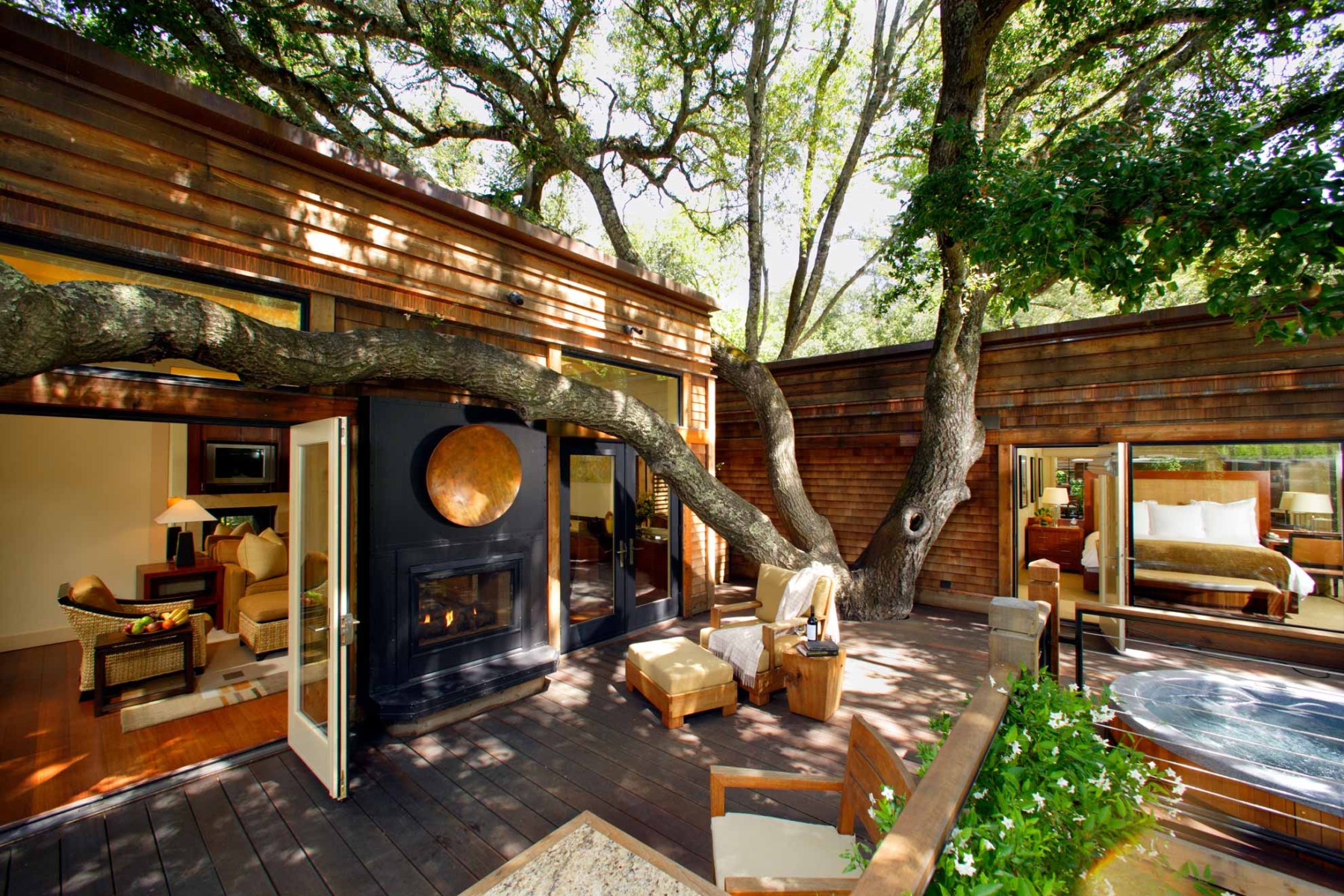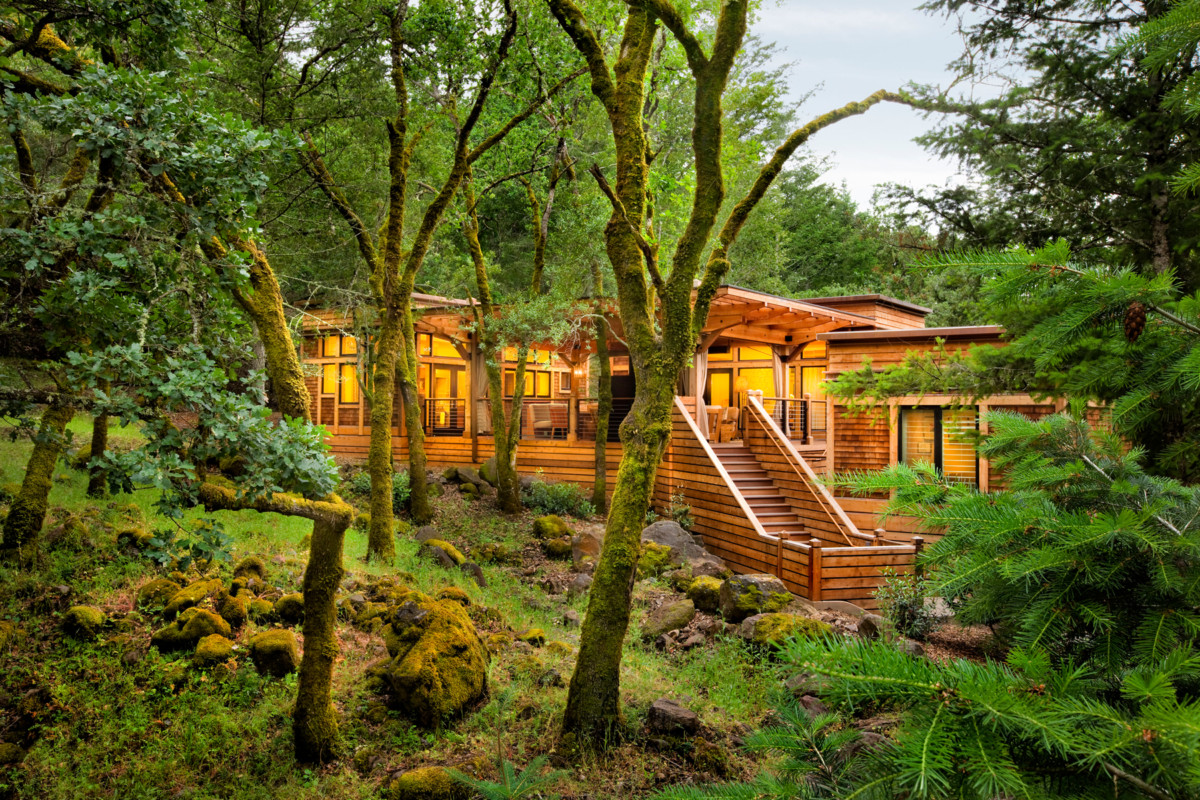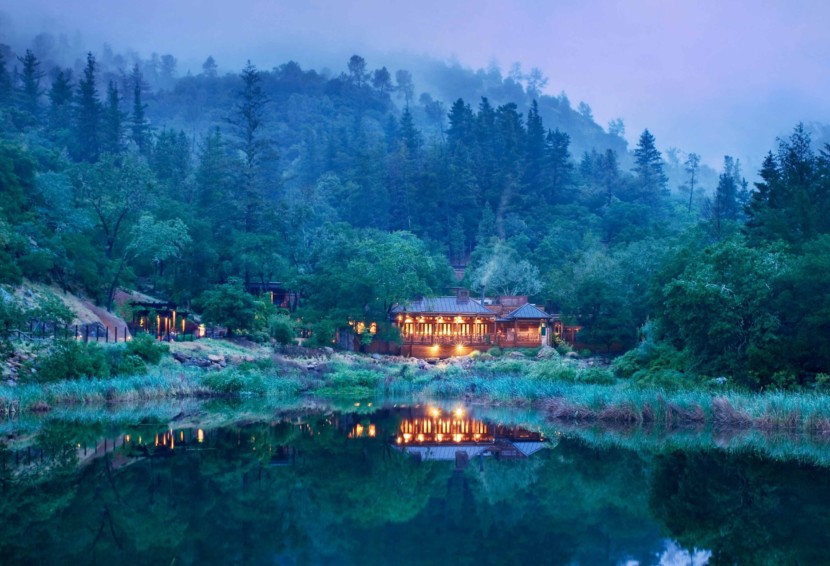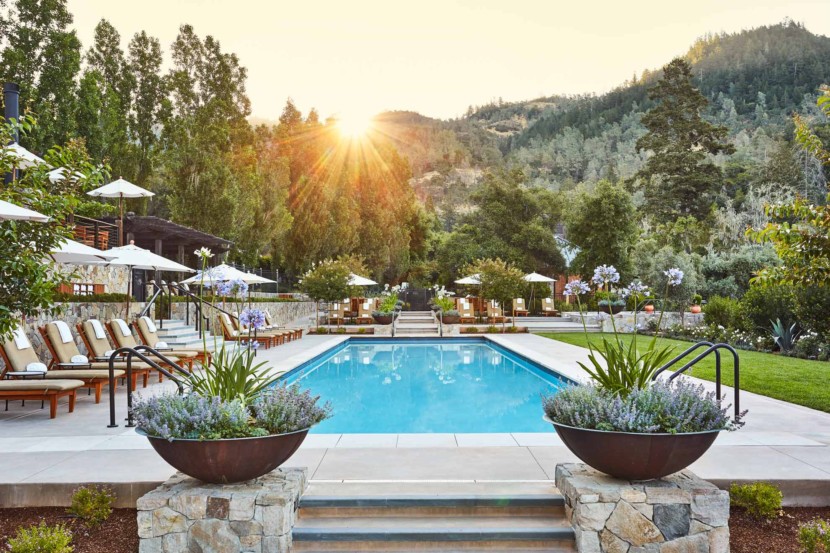Redefining Heritage | The Setting Sets the Tone
Swiss architect Peter Zumthor said, “If you have an awareness of history, it comes to be part of the now,” a sentiment that hints at a gentle rather than heavy-handed approach in retaining historical character in design. Vestiges of the past have a way of emerging through the emotional terrain of a site, city or surrounding landscape. It’s our job to dispel the ego and discover, through studying the history, culture and community and surroundings of a locale, an authentic sense of place, and to stay honest to this sensibility throughout the design process.
Hotel design that captures the beneath-the-surface story and spirit of a place can both inspire an awareness of history and elicit emotionally resonant experiences for guests, placing them in the present and connecting them to the resilience of a site and its inimitable character.
Why is this important? Discerning travelers seek inspiration beyond overtly themed hotel experiences and can quickly sense misguided efforts to replicate a historic style or mimic the past; instead, they desire engagement in spaces shaped by the subtleties of the site and designed in harmony with their surroundings.
Over the last 20 years, hyper-localized design has become SB Architects sweet spot, we design new builds, as well as renovate and refresh existing hotels, without disrupting the local fabric of a community and the historic legacy of the place. An authentic connection to the locale instills a deeper appreciation and sense of curiosity in hotel guests, creates a long-lasting impression and contributes a sense of timelessness to the property.
In this series ‘Redefining Heritage’, we will explore and share how we channel historic character into design, guided by the site itself and its surrounding resonance.

Guided by the Site
Tucked into the private canyon on a 157-acre site marked by ancient oaks, majestic hills, a rock-hewn stream, and private lake, the Upper Napa Valley site was the source of great historical character and a draw for visitors seeking respite in pristine natural surroundings. It both beckoned and challenged us to design a resort that treads lightly on the land. A challenging project for the entitlement process and existing zoning constraints, Calistoga Ranch, an Auberge Resort, trained us to allow the site itself to be the resort’s most important amenity, a valuable lesson we’ve since applied in preserving the character of a place and integrating the surrounding landscape into the guest experience.
The site at Calistoga Ranch provided an opportunity to create a private luxury resort on one of the last available parcels in the Napa Valley, where it had long been zoned for campground use and carried a strict limit on stick-built construction. Instead of attempting to change the existing zoning, we innovated within the framework while honoring the primacy of the natural setting and the site’s campground legacy.
When a site has historically been regarded as a sanctuary, the goal becomes a minimally invasive design approach. Allowing the heritage oaks and property’s roots as a family-owned campground to inform the “bungalow in the woods” concept, we worked to save historic built elements integral to the site’s history, such as preserving stone walls and using them as feature elements. The rustic material palette of cedar shingles, dry-stacked stone, and copper roofs evoke the natural passage of time and were chosen for surfaces that will become beautifully patinaed, adding to the character of the resort by blending it into the woods and giving guests a chance to enjoy a connection to the natural surroundings unique to the valley.
Originally created for and published on Hotel Executive as ‘The Value of Retaining Historical Character in Hotel Design’.






